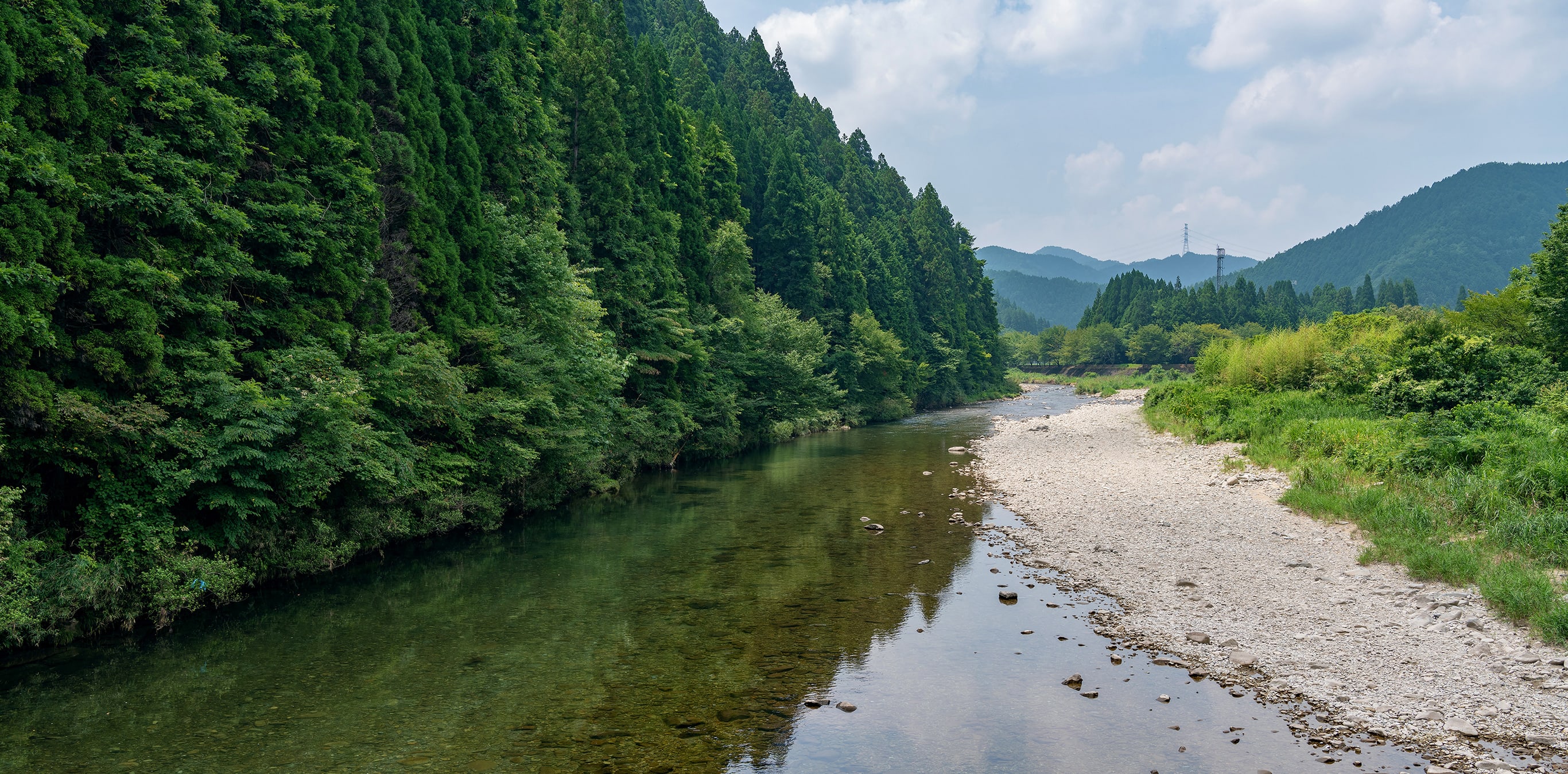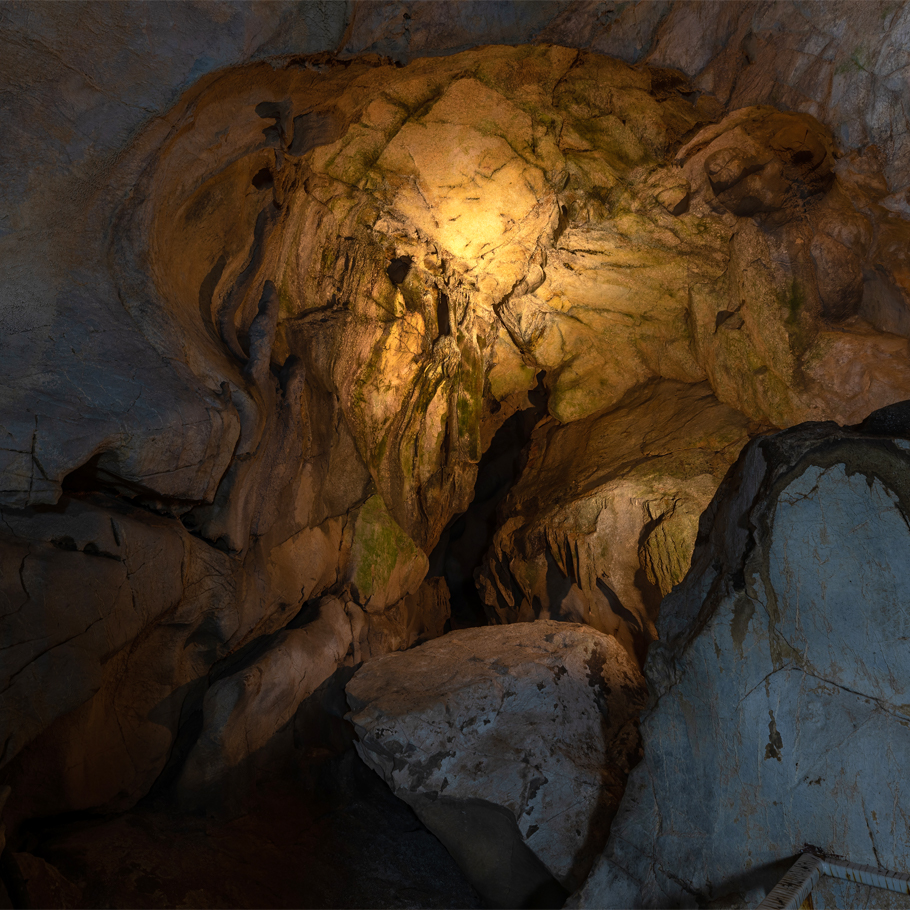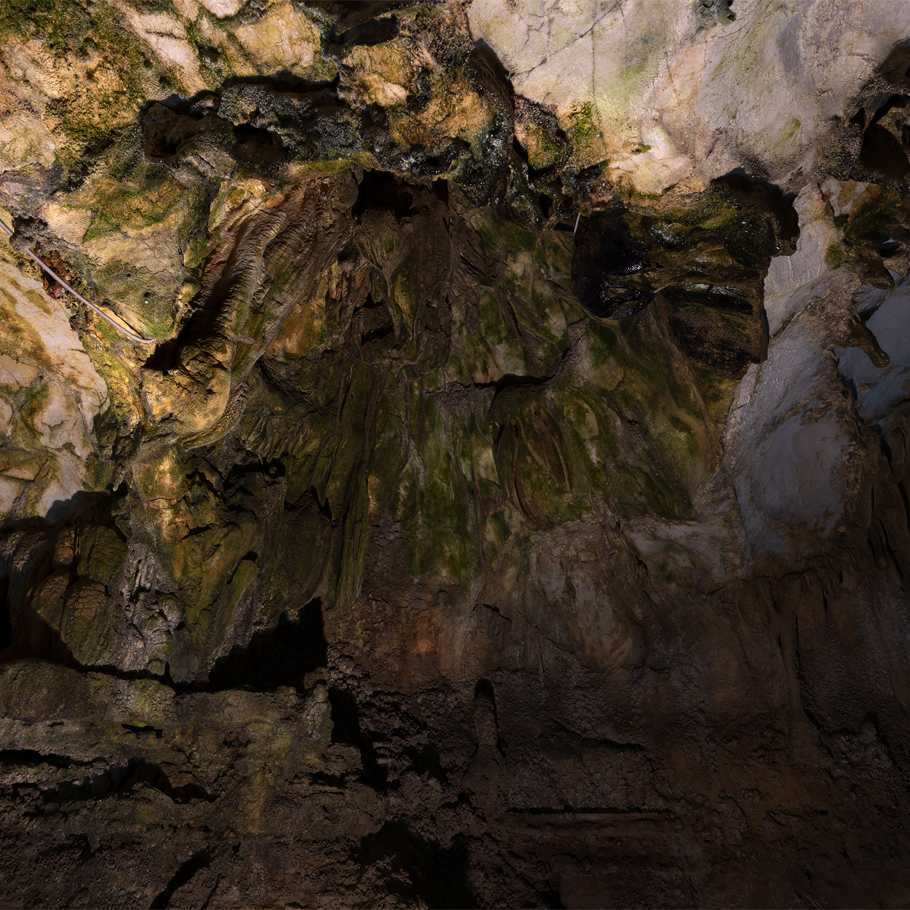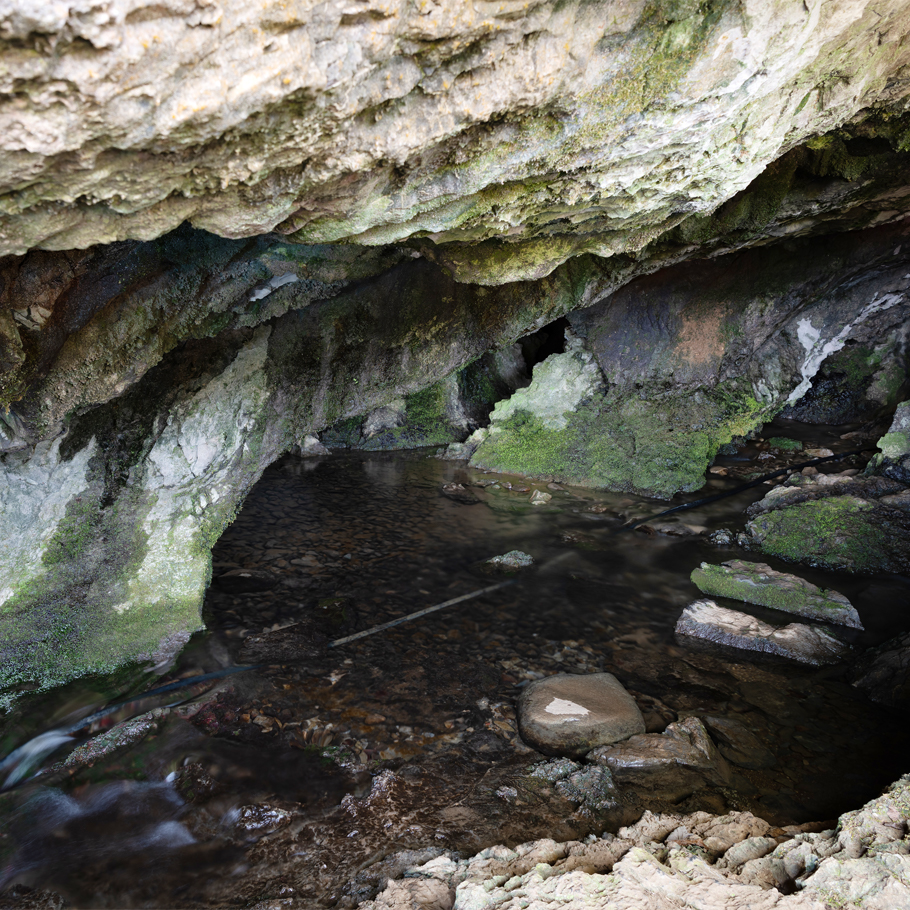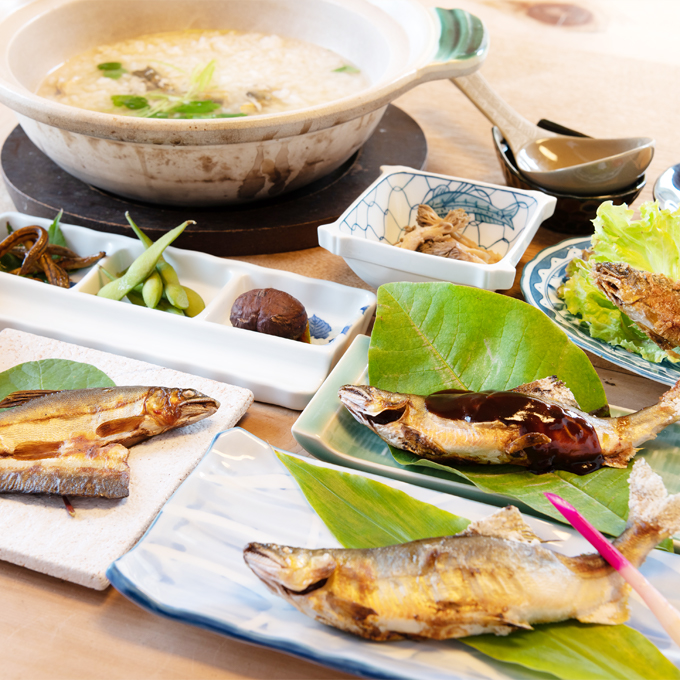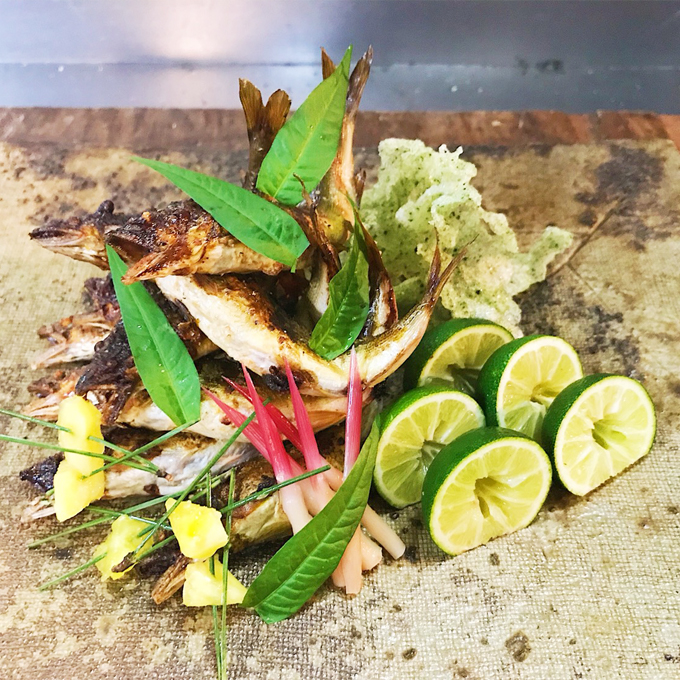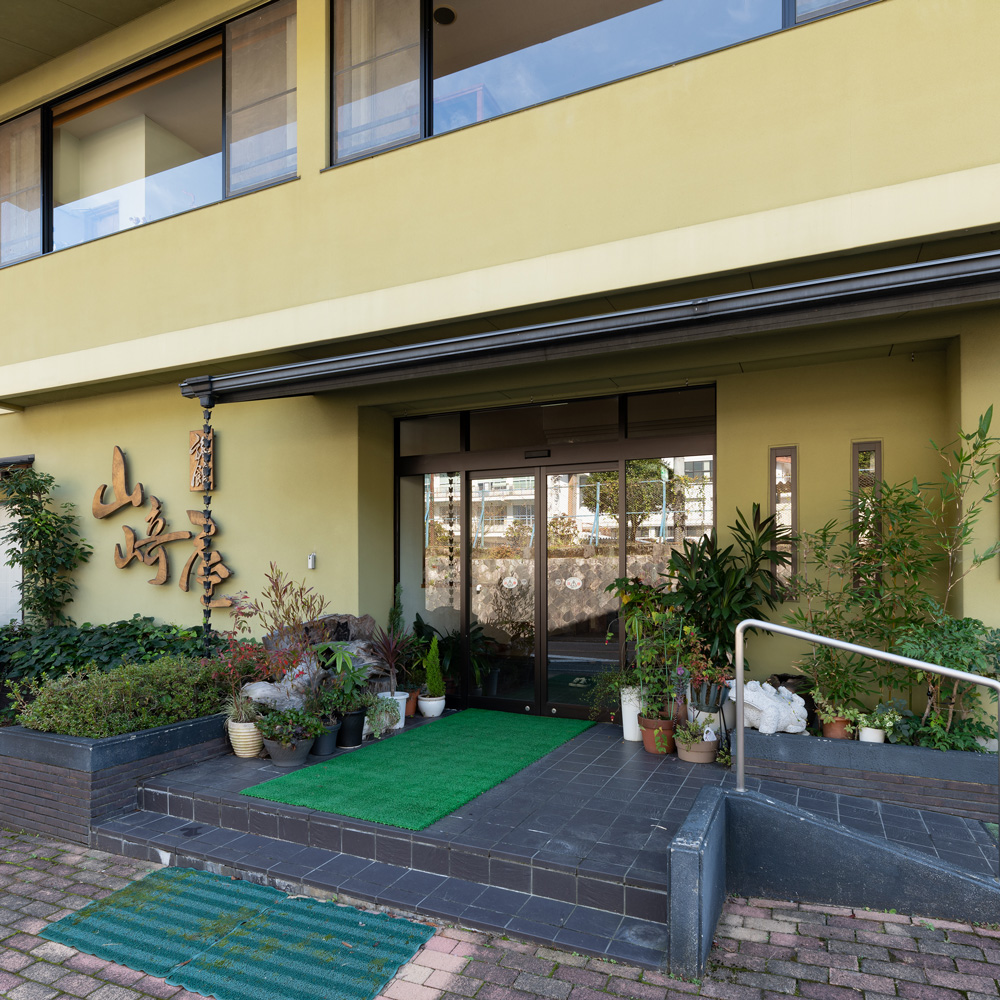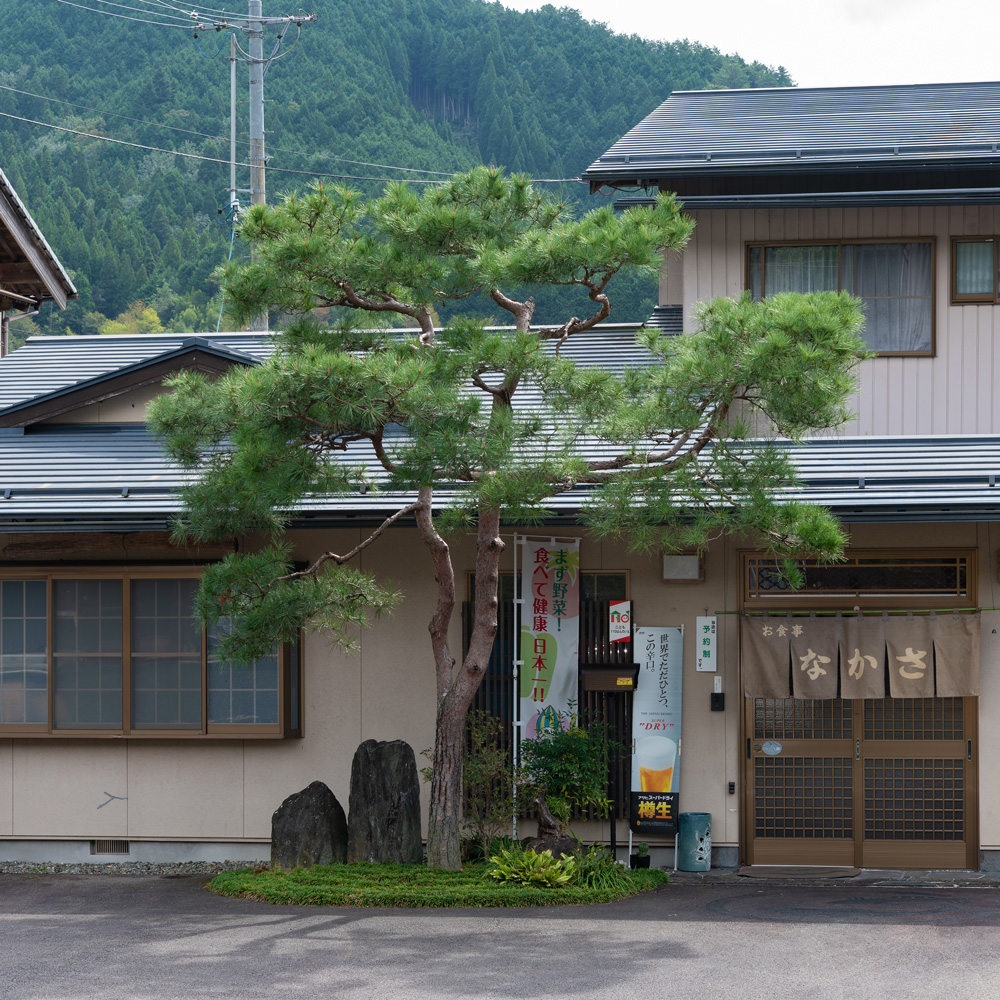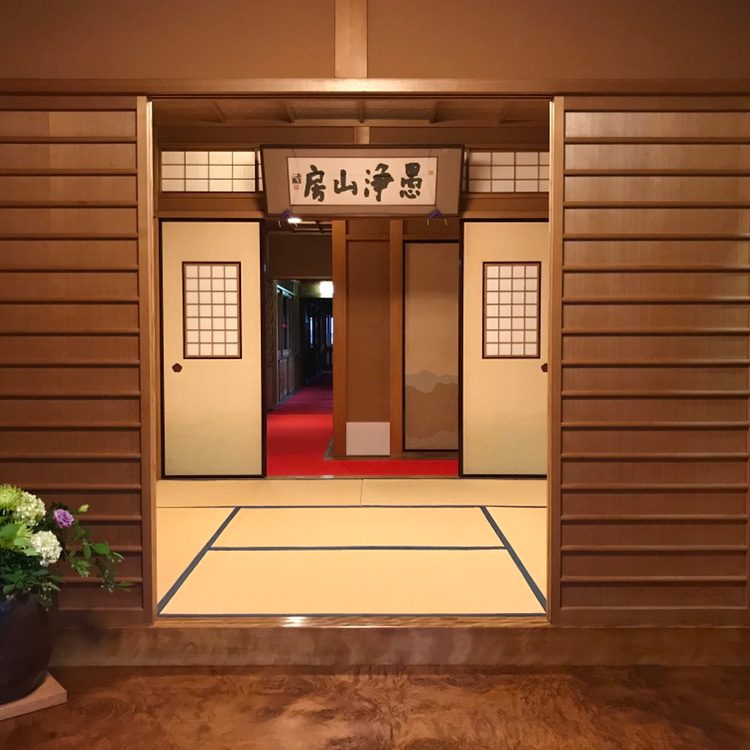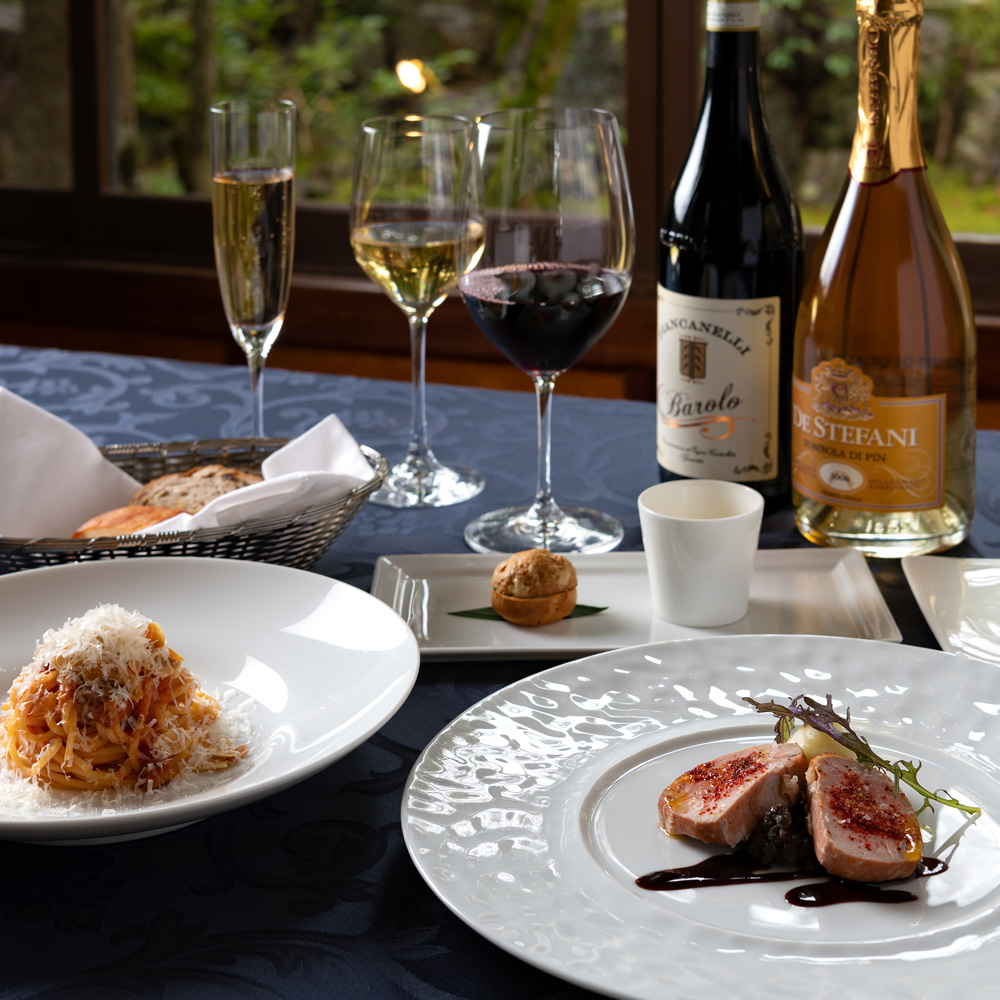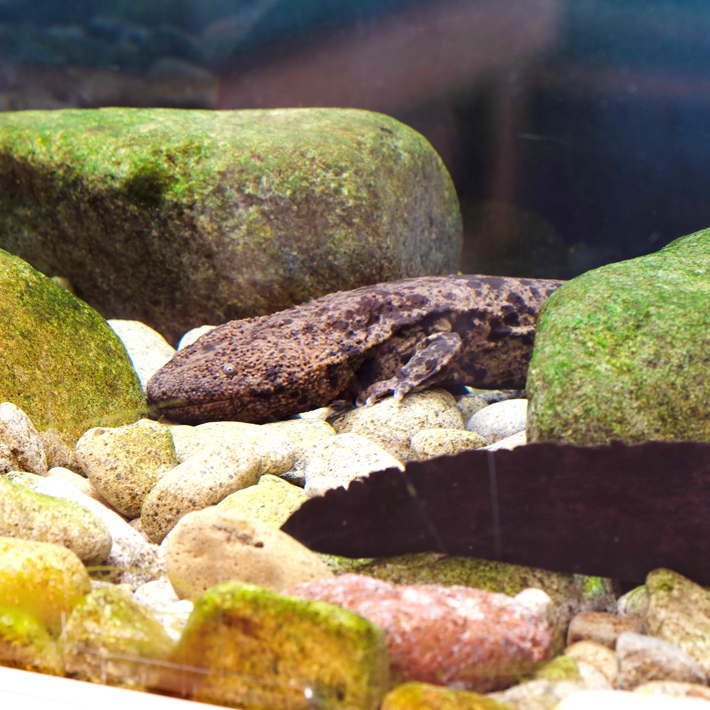The best Ayu you have ever seen!
Wara Ayu, raised at the clear stream Waragawa River
Ayu (Sweetfish), an ingredient that has been known since ancient times, is a representative ingredient of the season from early summer to summer. As it prefers clean water and also because of its beauty, it is called the “Queen of clear streams”. Here in Gujo-shi, Wara, there is a famous and valuable high-class fish, Wara Ayu. The biggest attractive point is flavor. Its cool watermelon-like flavor is filling the entire riverbank in summer. This is the first time in history that Wara Ayu has won the Grand Prix four times at Seiryu-Meguri Kikiayu-kai (Ayu Tournament) which is determining which river where the most delicious Ayu in Japan live! We are going to explore the secret of the deliciousness of Wara Ayu.

The rich vitality of Waragawa River,
where pure water flows
The clear stream, Waragawa River, was selected as one of the 100 Best Waters in Heisei era (Ministry of the Environment) in 2008. It is also famous as a river that is designated as a Natural Monument. It is also home to many Japanese giant salamanders. The reason why Ayu grown in this river is so delicious is that the algae they eat are the best. In other words, the water that grows algae and the terrain that produces the water is the best. This is also the reason why creatures are living here comfortably.

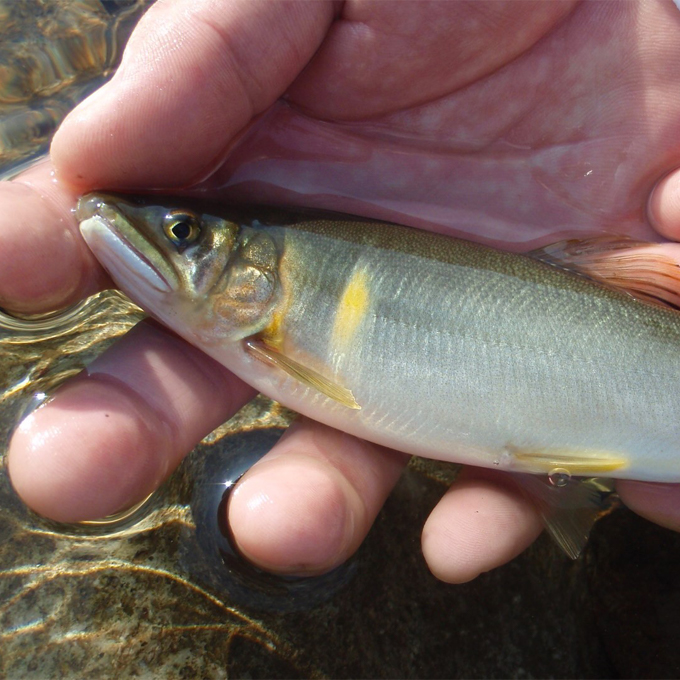
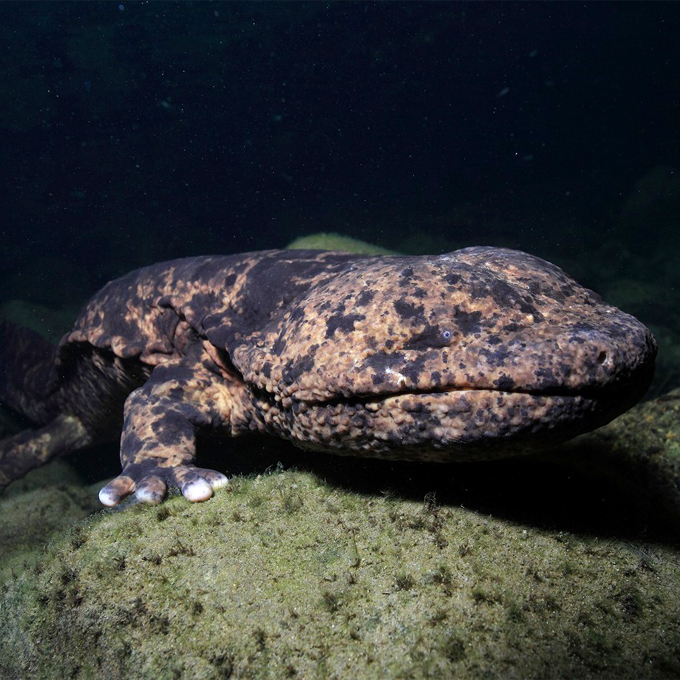
With plenty of minerals!
“Live water” derived from the ocean and rich nature
Gifu-ken is a prefecture without a seashore, but Wara is geology derived from the ocean. Hundreds of millions of years ago, this area was a shallow tropical seabed. When the Japanese Islands were created, the ocean plate moved at a speed of several centimeters a year, gradually depositing coral reefs and limestone on the seafloor, and subducted under the continent in the trench. Accumulated material could not sink together and was pushed out to the continental side, forming land over many years. In fact, many fossils such as coral reefs, fusulina, and lime algae formed on submarine volcanic islands are produced in the strata of Wara. In Wara, which is located in a limestone zone, there are many limestone caves formed by melting limestone with weakly acidic rain. Water containing many minerals, including calcium carbonate, is produced. On the other hand, spring water on the mountains containing iron which melts from decaying trees takes in oxygen while being tossed by a rapid flow. Only when all the natural conditions are met, the mineral-rich “Live water” of Waragawa River be born and grow high-quality algae. Wara Ayu grows by eating this alga.
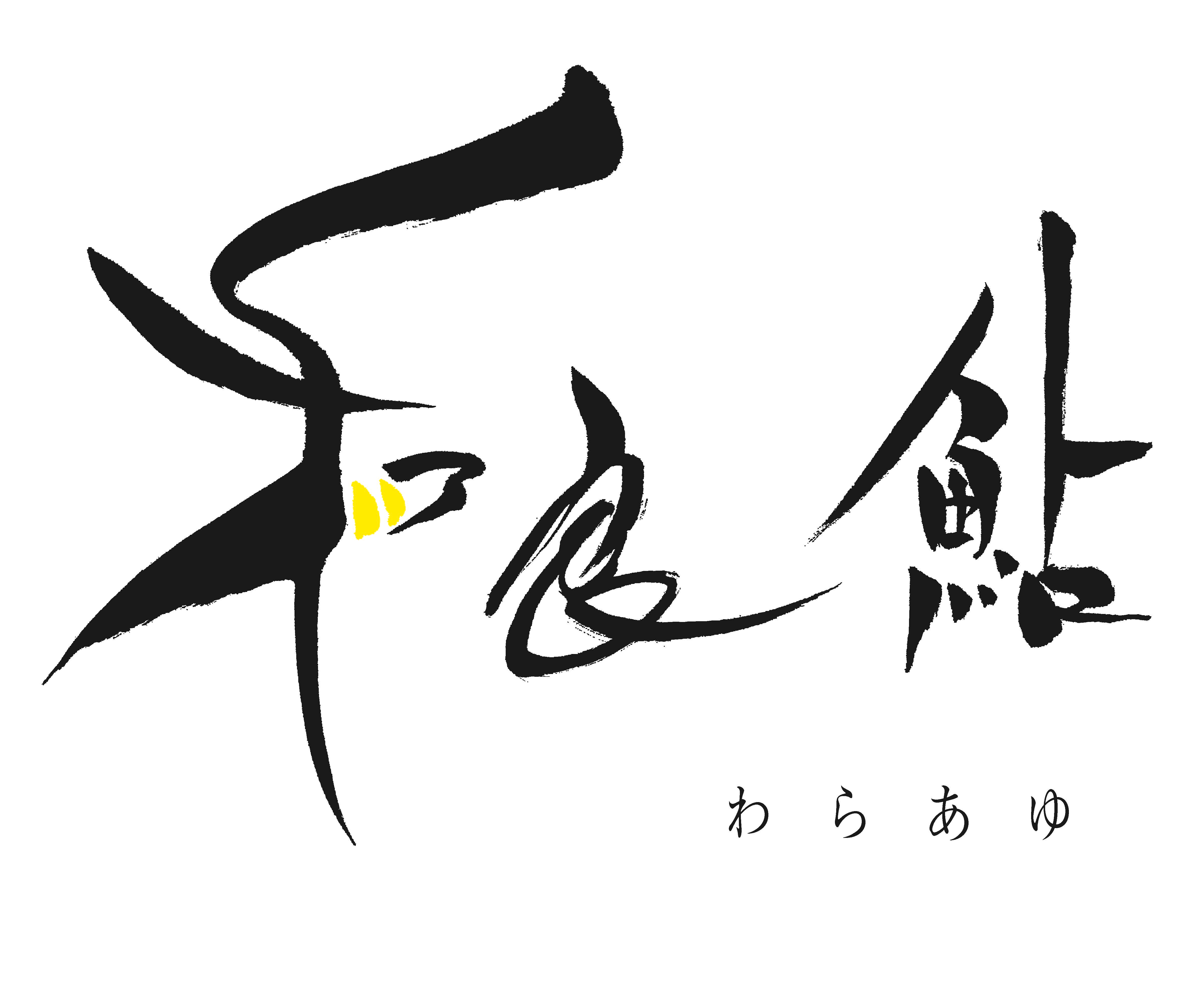
Brand Ayu “Wara Ayu”
has been fascinated by people over time
[ Meiji ] The start of Ayu fishing
The history of Ayu fishing in this area dates back to the Meiji era (1868 – 1912). From around 1907 to the early Taisho era (1912 – 1926), Ayu began to be a summer ingredient in Tokyo. Ayu Tomoduri fishing was being carried out around Shizuoka for selling to Tokyo. Migrant fishermen who went to rivers in other prefectures in search of better quality Ayu appeared and started Ayu fishing in Wara. Fishermen of Meiji era brought the current fishing method of Ayu to Gifu-ken Waragawa River attracted professional fishermen so much that some people moved to this area and started living here.
[ Showa ]
Disappearance, revival, and decline of
Ayu from the river
Ayu hatches in the lower reaches in autumn, spends the juvenile period in the sea. It runs up in spring and lives in the river for most of its life. Ayu disappeared from the river when the way connecting the sea and the river was closed by a dam construction during the period of high economic growth from Taisho era to the early Showa era (1926 – 1989). In 1931, volunteers from the former Wara village bought 1000 young fish from Lake Biwa and released them into Waragawa River. At that time, transportation was not well developed, and the only way to carry it was by hand. Since there was no extra oxygen provided, the water was slowly stirred with a dipper so that the Ayu in the water tub would not run out of oxygen. Until Ayu was delivered to Waragawa River. All the time and effort spent on Ayu must have been extremely harsh today. Three years later, in 1934, Waragawa Fisheries Association was established and released young fish for the first time.
In the 20’s and 30’s of Showa era, most of the caught Ayu were collected at Waragawa River Fisheries Association collection point and shipped to Tokyo markets. During the peak season, it was the second-largest source of income for farmers after sericulture. However, as the times changed, no one continues doing Ayu fishing for a living, and Ayu fishing became leisure.
[ Heisei ]
The birth of
Wara Ayu as a brand
The turning point for Wara Ayu came in the summer of 2002. Ayu fishing masters who fish in rivers all over the country visited Waragawa River. One of the masters who had eaten all Ayu from all over Japan said, “Wara’s Ayu is extraordinary.” and recommended Wara Ayu to a fair. It was selected for the Grand Prix at Seiryu-Meguri Kikiayu-kai (Ayu Tournament)! It was an opportunity to reaffirm that Wara Ayu should be protected as a “treasure of our hometown”. Finally in 2015, “Wara Ayu” was registered as a regional collective trademark.
What is Seiryu-Meguri Kikiayu-kai?
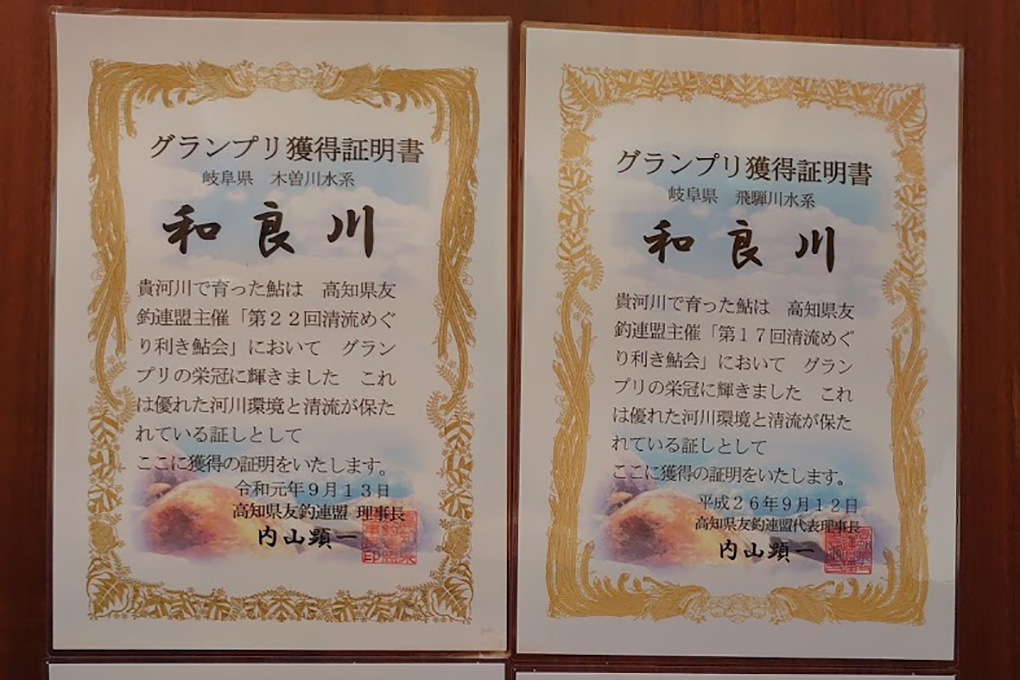
At Seiryu-Meguri Kikiayu-kai hosted by Kochi Ayu Fishing Federation, Ayu which is so proud of their tastes from all over the country are exhibited. At this exhibit, Ayu is grilled with salt under the same conditions. About 300 judges, culinary experts, wine sommeliers, and other food experts compare and decide the Grand Prix. 63 rivers participated in the 22nd exhibit held in 2019. Waragawa River won its 4th Grand Prix, which was the first time in history! No river won the Grand Prix four times in this tournament. It is an achievement that no other brand Ayu could have reached.

Waragawa River in summer surrounded by the flavor of Ayu
and is transforming into a bright brown
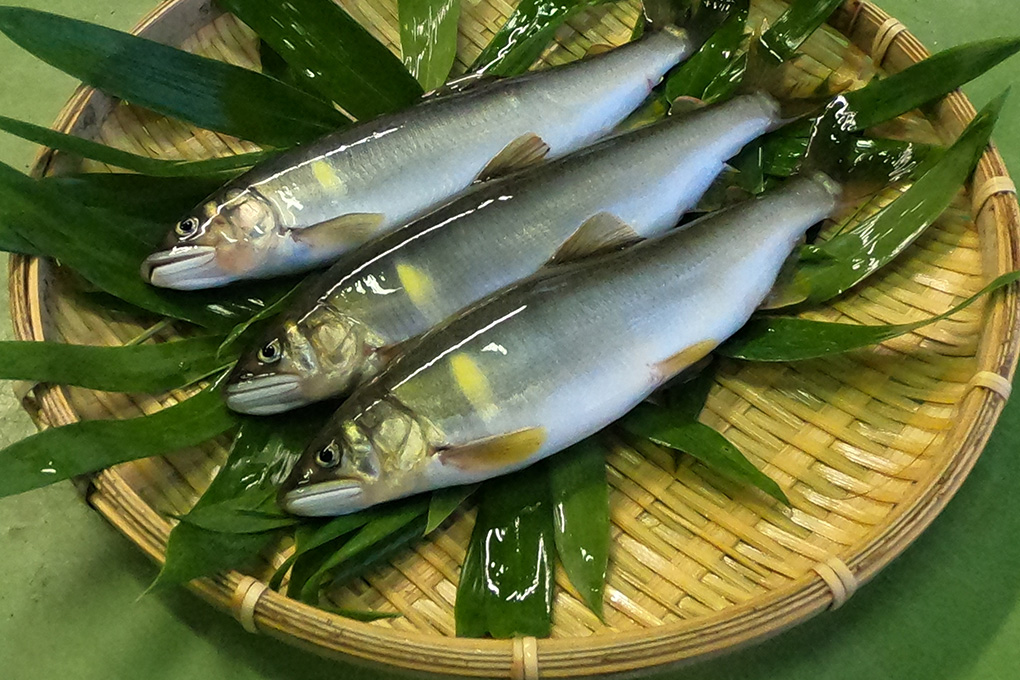
When Ayu begins to eat the algae on the stones at the bottom of the river, the entire river turns bright brown, and the entire riverbed is surrounded by the flavor of Ayu. That is the summer tradition of Wara. Grilled Ayu, with a beautiful golden appearance, and the tastiness of the inside spreads throughout your mouth. They are all treasures and miracles created by the great nature of Wara.
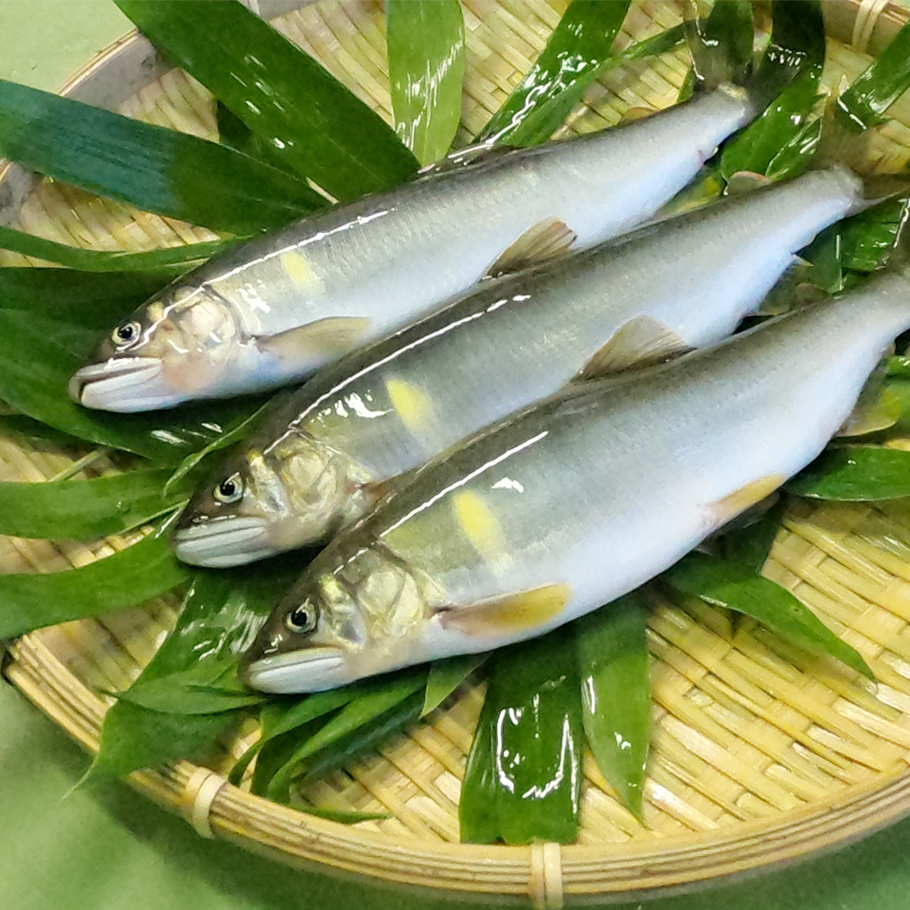
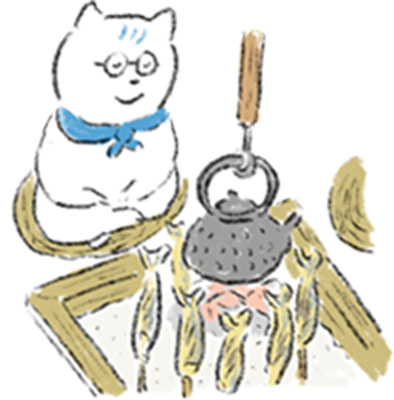
A deep taste with different tastiness
depending on when and where they were caught
Wara Ayu’s trademark is modeled from the beautiful Ayu. The biggest attractiveness of Wara Ayu is its flavor. It is also known as “Kogyo” meaning fish with nice flavor. The inside of the fish packed with high-quality algae has a refreshing flavor that spreads throughout your mouth at the moment you eat it. There is sweetness and tastiness with a bit of bittersweetness. This exquisite flavor is so attractive to people. The flavor changes depending on what kind of algae. Even if the same Wara Ayu caught in the upper stream of Waragawa River, or near the headwaters, the flavors are different. Also, another big attractiveness is different tastes depending on the season. Immediately after the prohibition is over in June, his bones are soft and the whole head can be eaten. August is the most delicious time when the body is firm. In autumn, it is called “Ochi Ayu” and you can enjoy a different taste from summer Ayu. Ochi Ayu is Ayu coming down the river during the autumn spawning season. The taste of short life is condensed by adding a taste with a firm and sweet body. Please try and compare them to see the difference.
Enjoy branded Ayu at a great value!
Wara Ayu Festival
Every year, Wara Ayu Festival is held at Road Station Wara. You can taste the most delicious Ayu in Japan, such as salt-grilled fish, Ayu rice, and Ayu porridge. This is the only event where you can eat the branded Wara Ayu at a reasonable price, so please come and join us. Please check the date on the website( http://gujo-wara.jp/)
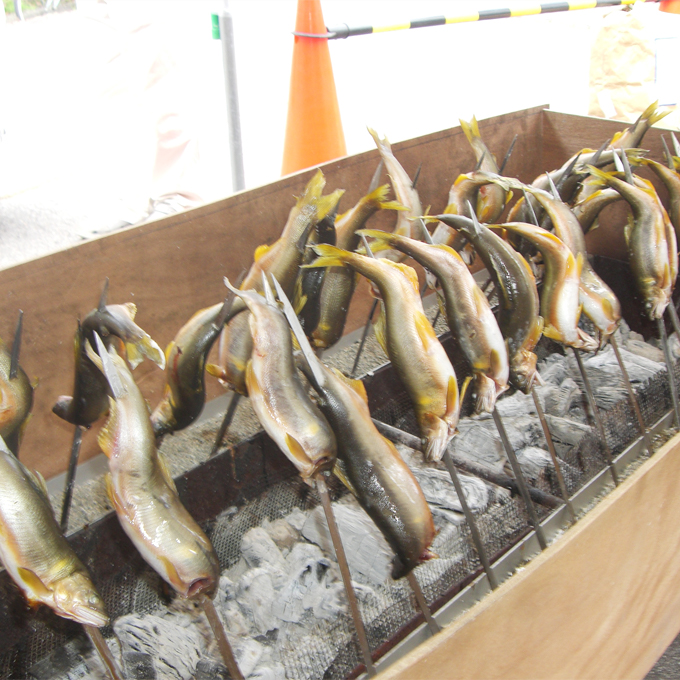

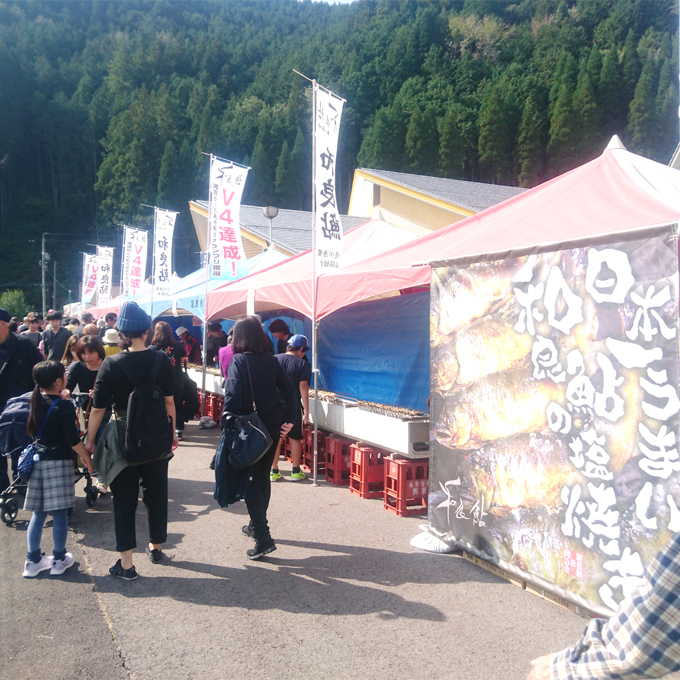
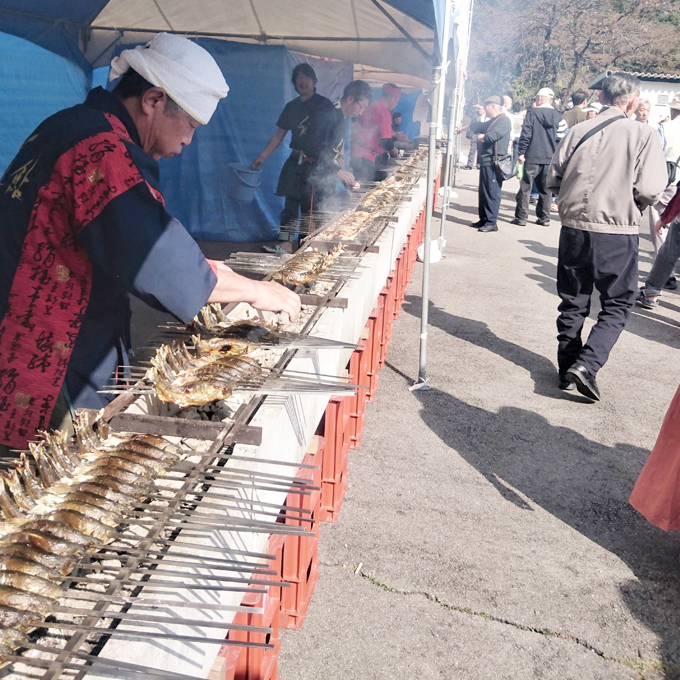
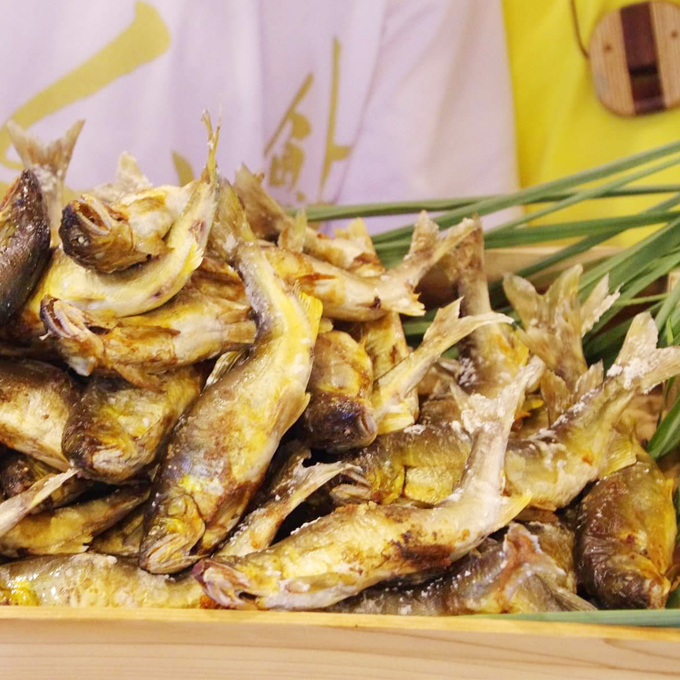
Places you can see Japanese giant salamander
Japanese giant salamander is known as Hazako in this area. Due to its nocturnal habit, it may be difficult to actually find it in the river. If you want to see this Special Natural Monument with your own eyes, please visit Wara Historical Museum. Two Japanese giant salamanders are living here.
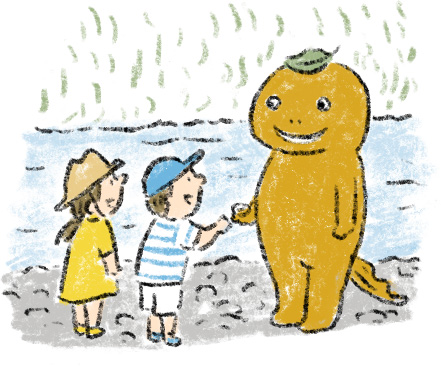
| Address | 1121-1, Waracho Miyaji, Gujo-shi, Gifu-ken, 501-4507 |
|---|---|
| Telephone | 0575-77-4011 |
| Opening hour | 10:00 – 16:00 |
| Regular holiday | Tuesday, Thursday (Opens during public holidays and closes on the next day) |
| Parking area | Available |
| Access | 32 minutes’ drive from Gujo Hachiman Interchange |
| Official website | http://gujo-wara.jp/info-sightseeing/135-2008-08-29-02-39-50.html |


